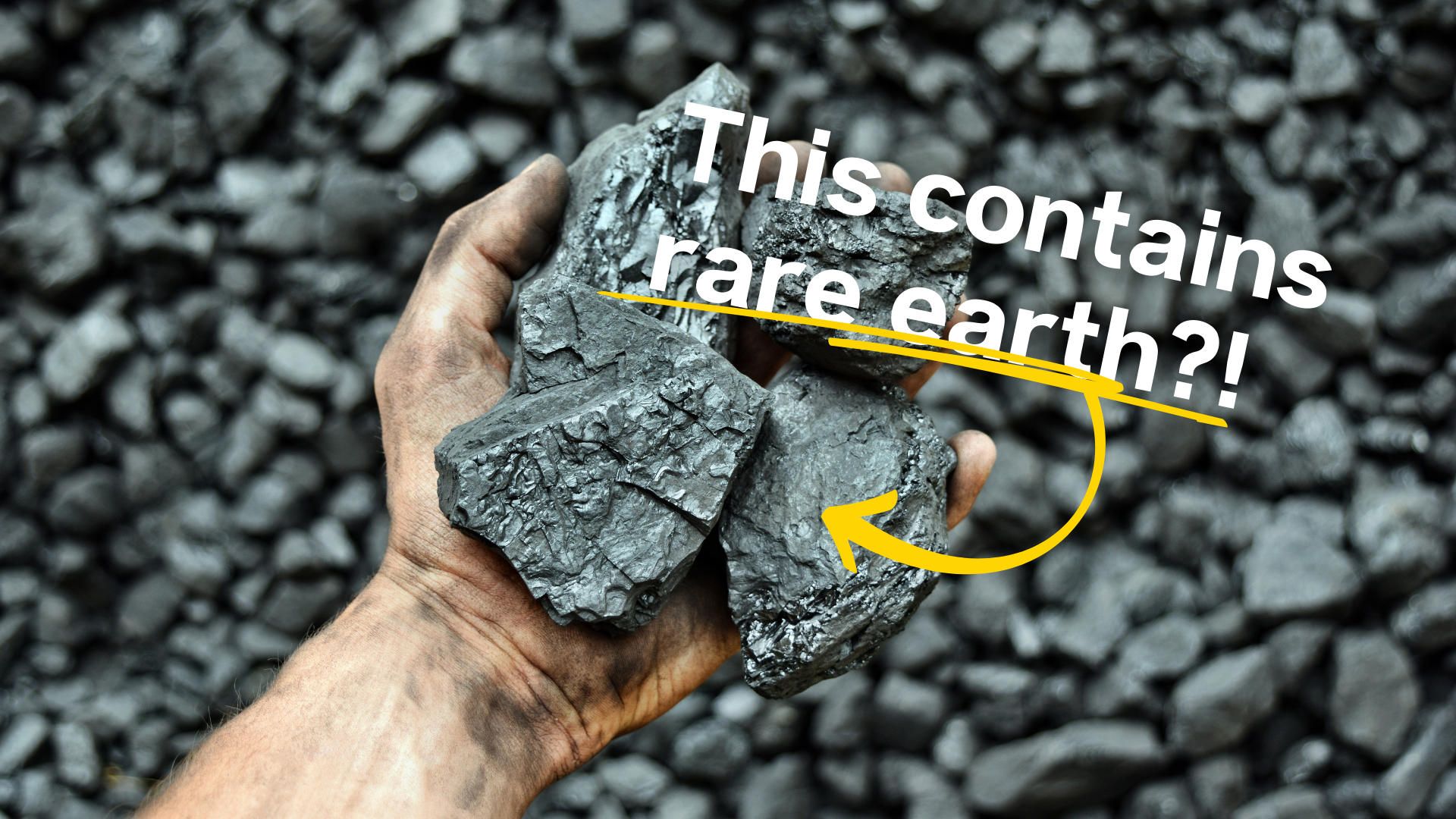

Rare earth elements (REEs) are critical for modern technology, powering everything from electronics and renewable energy systems to defense applications. Traditional mining of REEs is resource-intensive and concentrated in a few regions worldwide, raising concerns about environmental impact and supply chain stability. As a promising alternative, researchers have turned to coal waste, specifically coal fines the fine-grained by-products of coal mining and processing. Coal fines have been found to contain valuable REEs, presenting a new opportunity to convert mining waste into a high-demand resource.
Extracting REEs from coal fines isn’t straightforward; it requires specialized chemicals, known as lixiviants, that dissolve the REEs and make them easier to separate from the surrounding materials.
Coal fines are small particles of coal by-products that contain organic and mineral matter, which often includes traces of REEs like yttrium, dysprosium, and neodymium. These fines are a cost-effective alternative to traditional mining for several reasons:
However, the challenge lies in isolating REEs from a complex mixture of organic materials and minerals within coal fines. Different lixiviants are employed to achieve this, each varying in effectiveness, cost, and environmental impact.
Lixiviants can be classified into several categories based on their chemical properties and extraction mechanisms:
Each type of lixiviant interacts differently with the REEs in coal fines, and their effectiveness can vary depending on the pretreatment methods used, such as ashing.
Ashing is a process in which coal fines are heated to around 550°C, reducing organic matter and leaving behind a mineral-rich residue. This step is critical for improving REE extraction, as it frees up REEs from the coal’s organic matrix, making them more accessible to lixiviants.
Lixiviant Type |
Example(s) |
Extraction Efficiency (After Ashing) |
Advantages |
Disadvantages |
Organic Acids |
Citric Acid, EDTA |
7–33% |
Lower environmental impact |
Lower extraction rates; co-extraction of non-REE elements |
Ion-Exchange |
Ammonium Sulfate |
~5–6% |
Selective for surface-bound REEs |
Limited to ion-adsorbed REEs; low recovery rates |
Mineral Acids |
HCl, H₂SO₄ |
Up to 52% |
High extraction rates |
High environmental and handling costs |
While extracting REEs from coal fines holds promise, the commercial viability of this process depends on overcoming several challenges:
Extracting REEs from coal fines using lixiviants is an innovative approach to addressing the growing demand for rare earth elements. By repurposing coal waste, this method has the potential to reduce mining’s environmental footprint while providing a new REE source. Although mineral acids currently offer the highest extraction rates, the development of more selective, eco-friendly lixiviants is key to making coal-based REE extraction economically viable and environmentally sustainable. With continued research, coal fines may soon play a valuable role in diversifying the global supply of REEs.